In the lead-up to one of the most highly anticipated Xbox exclusives of this generation, Bethesda has used a few terms to describe Starfield. Todd Howard has called it “Skyrim in space”, though this doesn’t really do justice to how much of a unique identity the game forges for itself. The term “NASA punk” has also been thrown around to describe the game’s aesthetic, and this may not initially clue you in on what to expect.
Put simply, NASA punk is an aesthetic that attempts to capture the feelings evoked by the American space organization, especially with regard to its early space missions. It deviates from the virtual, hologram-heavy kind of futurism that permeates pop culture and instead presents a somewhat antiquated but very sentimental vision of humans in a space-faring age.
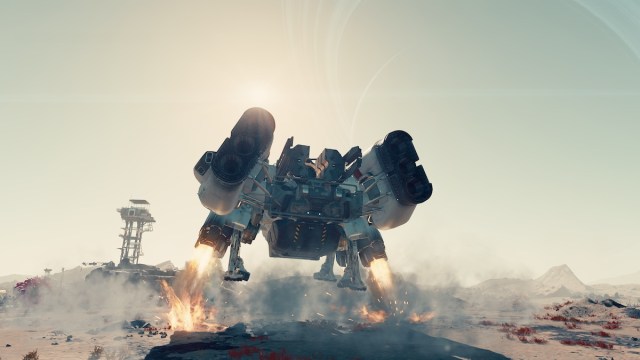
The origins of Bethesda’s NASA punk
The term was coined by Starfield‘s art director, Istvan Pely. As he explains in a gameplay deep dive, developers wanted to evoke the romance of the Golden Age of space exploration. This Golden Age, which lasted from the 1950s to the 1970s, saw NASA accomplish some of its greatest feats including the Apollo program which resulted in humankind’s first steps on the moon. It’s a time characterized by both hope and a sense of great possibilities. In an interview with GQ, Pely claims it’s also a very tactile aesthetic that mostly shuns holograms and touchscreens. Instead, “it’s got buttons. They’re tactile. You want to press ’em.”
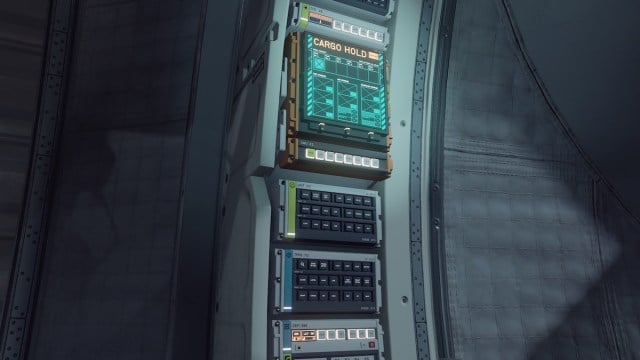
The NASA punk aesthetic features lots of clunk and clutter. This is an intentional choice that helps maintain some relatability between players and humans centuries in the future. As Pely explains, regardless of how advanced humans become, “people are still people. They’re still messy.”
This was made pretty evident in the marketing material leading up to Starfield‘s release where small details like half-eaten sandwiches can be found inside a state-of-the-art spaceship. To really nail the aesthetic, Bethesda had to do its research. The studio looked at past NASA missions for inspiration, and it also used data from the space organization to help make the game’s massive universe feel more believable.
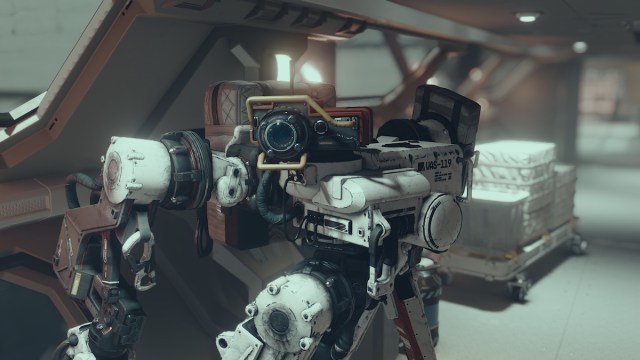
How NASA punk manifests in Starfield
The NASA punk aesthetic is clearly identifiable in your spaceship. There’s tons of advanced technology, but everything still has a very retro-futuristic feeling to it. Instead of futuristic pods, you sleep in a little cot surrounded by post-it notes. You’ll find a sink with dishes in it, a little rust on the cupboards, and sometimes your crew will leave half-finished meals on the table. It can get chaotic at times, but that makes everything feel grounded and relatable.
There are several benefits to the NASA punk aesthetic, and they’re quite evident in Starfield. Most noticeably, though you find yourself in a high-tech environment, there’s still a human element to everything. Whether it’s your spaceship or a random space station, you’ll always find sentimental knick-knacks lying around, including potted plants, warm slippers, the classic mug-I-got-for-free-at-work-which-features-a-corporate-logo, and markers left next to notepads, just in case.
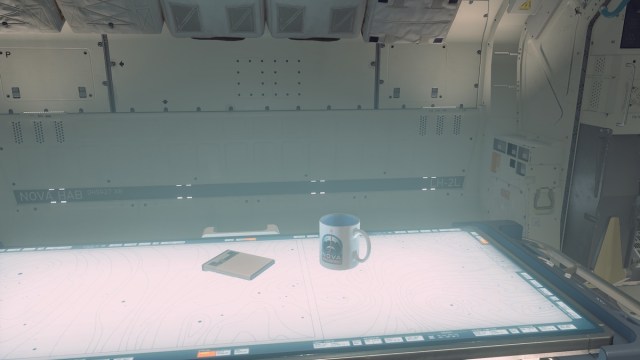
Environments feel truly lived-in, as though humans with quirky habits are inhabiting the space. The minor details help sell Starfield‘s world, creating the illusion that the NPCs you encounter are far more than background decorations. Nothing’s ever too clinically clean, and everything bears that characteristic “humans have been here” touch.
The aesthetic isn’t perfect. For instance, the commitment to retro-futurism does result in a few confusing anachronisms. Most noticeably, your robot companion Vasco speaks with a robotic inflection that most modern technology has long moved past. Additionally, there’s very little that’s “punk” about this aesthetic. At the furthest stretch, it could be argued that the punk aspects come from the game’s refusal to follow contemporary futurism trends. However, it doesn’t feel like nearly enough to earn it the “punk” suffix.
Starfield‘s world is a warm and familiar one, though it’s always evident that you’re exploring a civilization far more advanced than yours. It presents the past’s vision of the future, giving it a nostalgic atmosphere harkening back to sci-fi classics like Star Trek and 2001: A Space Odyssey. Starfield won’t be showing you what future to expect, but it will kindle that feeling that humankind may be on the cusp of unravelling the biggest celestial mysteries.

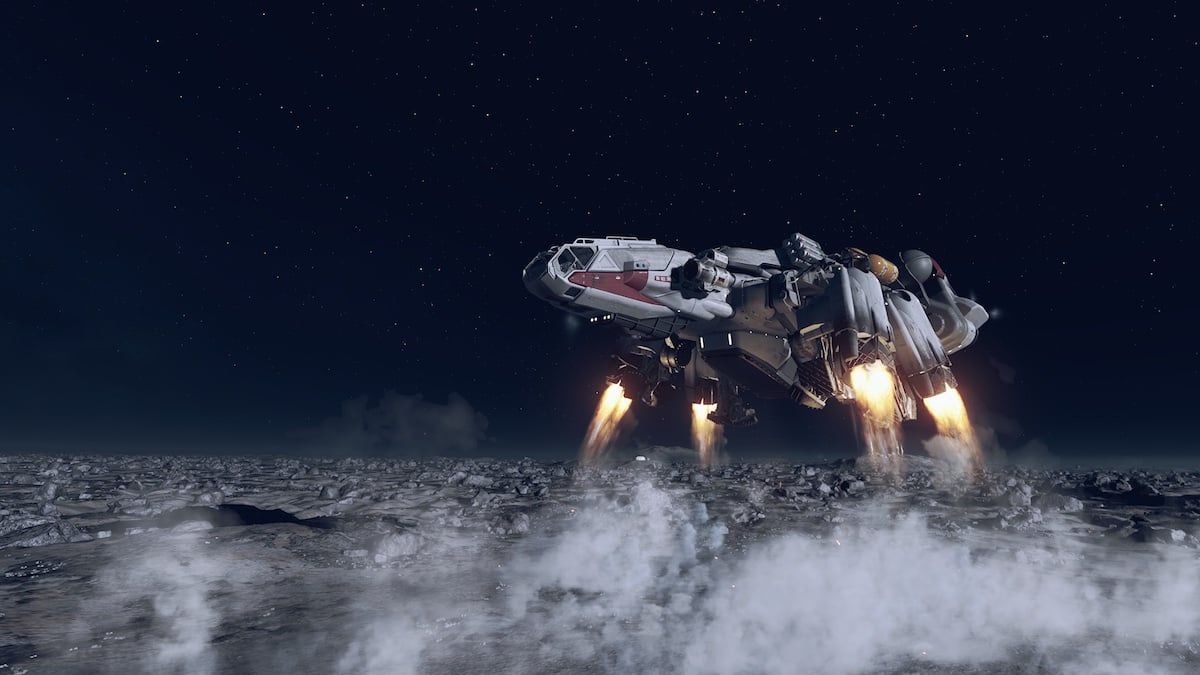
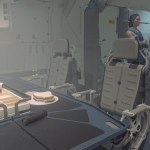
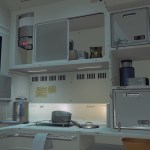
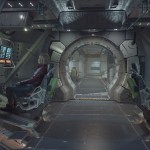
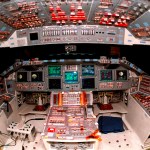
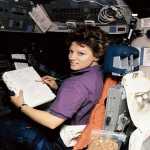
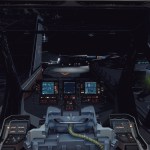
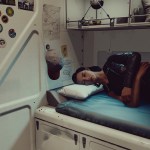




Published: Aug 31, 2023 11:42 am